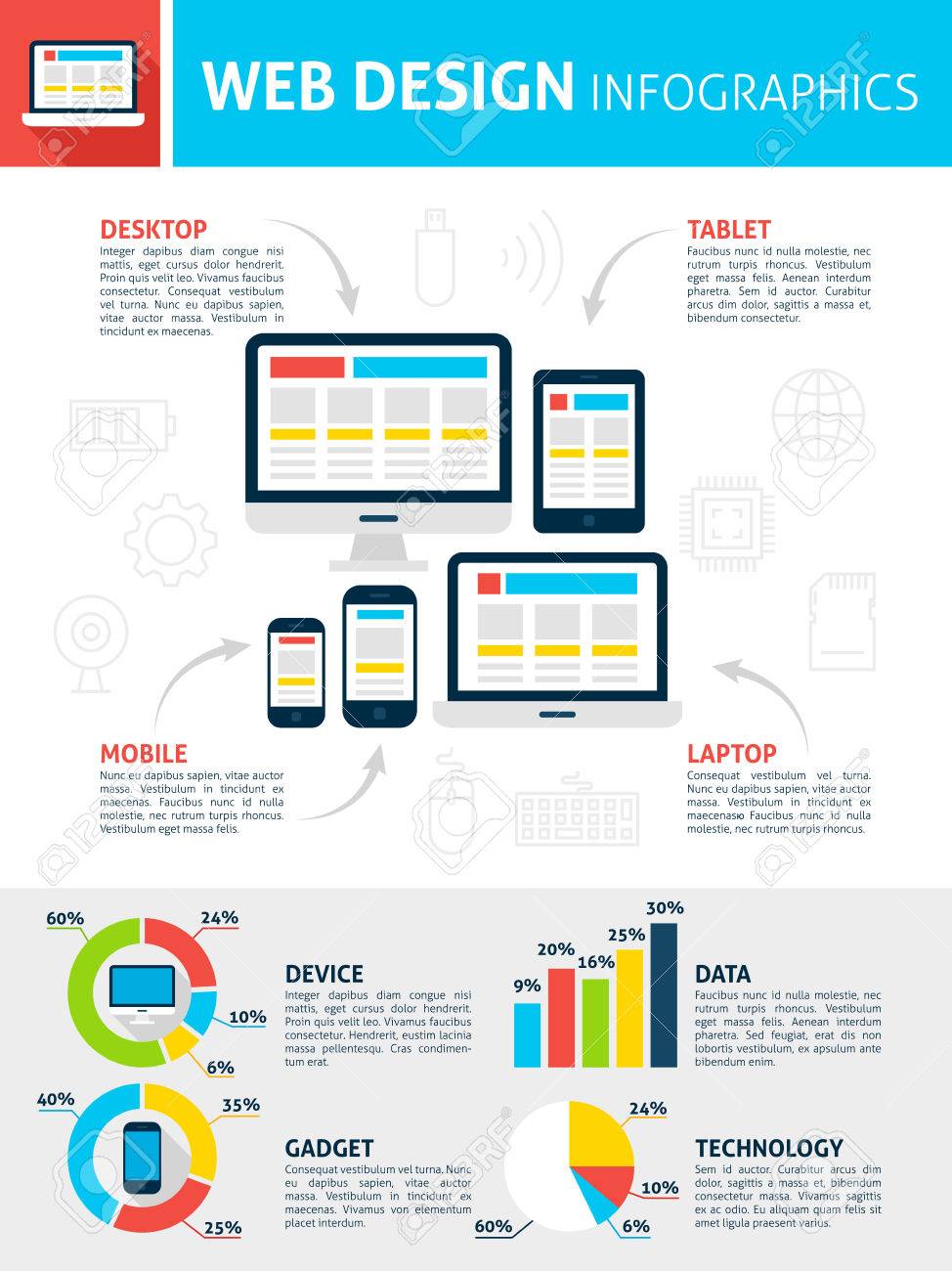The Development Of Website Design: Then And Currently
The Development Of Website Design: Then And Currently
Blog Article
Authored By-Booker Hejlesen
In the past, sites were easy and focused on details. Navigating was straight, and style was for desktop computers. Now, individual experience is key. Data guides layouts for very easy navigation. Responsive layouts match various tools. Today, dark mode lowers pressure, and minimalist menus improve navigating. Interactive attributes engage users, and vibrant visuals stand apart. AI integration boosts involvement. See how layout has progressed to enhance your online trip.
Very Early Days of Website Design
In the very early days of web design, simpleness reigned supreme. click to read were standard, with limited colors, typefaces, and formats. The focus got on giving info instead of fancy visuals. Users accessed the net with slow dial-up connections, so speed and functionality were key.
Navigating food selections were straightforward, generally situated on top or side of the page. Internet sites were created for desktop computers, as mobile browsing had not been yet widespread. Content was king, and designers focused on simple readability over complicated layout elements.
HTML was the key coding language made use of, and designers needed to work within its restraints. Computer animations and interactive attributes were marginal contrasted to today's criteria. Websites were static, with little dynamic material or individualized individual experiences.
Surge of User-Focused Layout
With the evolution of web site layout, a shift towards user-focused style concepts has actually ended up being progressively famous. Today, creating sites that focus on user experience is essential for engaging visitors and attaining organization goals. User-focused layout includes understanding the requirements, choices, and actions of your target audience to customize the site's format, content, and features appropriately.
Developers now conduct complete research study, such as individual surveys and use testing, to collect insights and responses straight from individuals. This data-driven method assists in producing instinctive navigating, clear calls-to-action, and aesthetically appealing interfaces that resonate with site visitors. By putting the user at the center of the design procedure, web sites can supply a more customized and delightful experience.
Responsive layout has also become an essential element of user-focused layout, ensuring that internet sites are maximized for different devices and display dimensions. This flexibility boosts access and usability, satisfying the varied methods individuals engage with internet sites today. Essentially, the increase of user-focused style indicates a shift in the direction of producing electronic experiences that focus on the requirements and expectations of completion user.
Modern Trends in Website Design
Check out the current fads forming website design today. One noticeable fad is dark setting design, providing a sleek and modern look while reducing eye stress in low-light atmospheres. One more crucial trend is minimalist navigation, streamlining food selections and improving customer experience by concentrating on essential elements. Including micro-interactions, such as animated buttons or scrolling impacts, can produce a much more interesting and interactive site. Receptive style continues to be vital, guaranteeing seamless customer experiences across various devices. In addition, making use of strong typography and asymmetrical designs can add aesthetic rate of interest and draw attention to certain material.
Incorporating AI technology, like chatbots for client support or customized recommendations, improves customer involvement and streamlines processes. Accessibility has likewise come to be a significant pattern, with developers focusing on comprehensive layout practices to cater to diverse customer requirements. Accepting sustainability by maximizing web site efficiency for rate and effectiveness is another arising trend in web design. Teaming up with customer responses and information analytics to iterate and improve style constantly is essential for staying relevant in the ever-evolving electronic landscape. By welcoming these modern fads, you can produce a visually attractive, user-friendly web site that resonates with your target market.
Final thought
As you review the advancement of web site style from the very early days to now, you can see just how user-focused design has come to be the driving force behind contemporary trends.
Embrace the journey of change and adjustment in web design, always keeping the user experience at the leading edge.
Keep current with the latest fads and technologies, and never quit evolving your technique to create aesthetically sensational and straightforward internet sites.
Progress, adapt, and produce - the future of web design is in your hands.
